Home>Furniture>Bedroom Furniture>Down vs Down Alternative Comforters: Which Is Better?


Bedroom Furniture
Down vs Down Alternative Comforters: Which Is Better?
Modified: December 6, 2023
Down vs down alternative is a great comparison to make for anyone looking to buy a comforter. Join us as we take a deep dive into these materials!
(Many of the links in this article redirect to a specific reviewed product. Your purchase of these products through affiliate links helps to generate commission for Storables.com, at no extra cost. Learn more)
Comforters are an essential part of a full bedding set. They bring warmth on cold nights and make for a perfect plush cocoon on the weekends. There are tons of options on the market today, from pure down to down alternatives. But the question is, which is better for your bedding? This article will compare down vs down alternative and discuss what you should buy for your next comforter.
What Is a Down Comforter?
A down comforter is a type of blanket filled with bird down and feathers to give it a plush, fluffy feel. Panels are usually sewn into the comforter to keep the feathers evenly distributed. This gives it a quilted look. The type of bird feathers used varies, but the most common comforters use feathers from geese and ducks. These premium beddings have brought warmth to upper-class bedrooms for centuries. Today, thanks to the march of technology and innovation, they’re available for purchase to all consumers.
Read more: What Is Down Alternative In Pillows
Good Fill Weight and Fill Power for a Down Comforter
Fill weight and fill power are both very important factors of any down comforter. Both of these determine the warmth level of your comforter. Just remember that the best comforter for you will depend on your warmth preference and local weather. Sometimes, the heaviest, fluffiest comforters clash with warmer climates. You certainly wouldn’t want to melt in your sheets when you’re trying to sleep. Picking the ideal fill weight and fill power for your needs is essential, so let’s take a look at what these terms mean.
Fill Weight
Fill weight is the total amount of down in your comforter. It’s usually measured in ounces. Lots of people equate fill weight with quality, but the truth is quite different. Fill weight will certainly impact how warm a comforter is. More down in a comforter will retain more heat. Less of the same down in the same comforter will retain less heat. However, not all down is created equal. This is where fill power comes in.
Fill Power
Fill power measures the loft, or fluff, of the down. This also determines its insulating ability. One ounce of feathers is weighed out and the amount of space it takes up determines the fill power. If it takes up more space, it has a higher fill power. This means that you get more flounce and quality for the same amount of fill weight. The higher the fill power, the more it insulates. Warmer climates will benefit from a fill power of 500 to 600. The 600 to 700 suits colder regions or those with colder winters, and 700+ will be ideal for very chilly climates. Note that down stuffing with a fill power of 700+ tends to be of higher quality and more limited stock. Those feathers tend to come from molting geese kept for breeding, which results in higher prices but more luxurious results.
Warmth Level
If you want a quick and easy guide, you can look at the warmth level. It takes into account both the fill weight and fill power. The scale goes from super light to ultra. Super light suits those with a room temperature of 74°F and above. Ultra is used for rooms that reach 62°F and below. The warmth levels between super light and ultra will suit all other room temperatures in between.
What Is a Down Alternative Comforter?
A down alternative comforter is a new bedding option presented to consumers today. As a result, a lot of people compare down vs down alternative. It strives to mimic down in the same way velour mimics velvet — as a cheaper, more accessible alternative that closely resembles the original. The material is made with microfiber polyester and is lauded for being hypoallergenic and plush. The best down alternative comforters come at a fraction of the cost while retaining the bounciness found in natural down products.
Down vs Down Alternative Comforters
The question of a down vs down alternative is important when picking out your beddings. This is a part of your bed set that’s likely to last you a good few years if you’re buying quality products. You’ll want to make sure that what you buy is suited perfectly to your preferences. With that, let’s look into how down and down alternative stack up against each other.
Down
Down is more often the more premium of the two. It boasts more breathability and plushness thanks to its natural makeup. After all, down is made from the feathers of a bird meant to keep it warm while also letting its skin breathe. Down is also lighter and more durable than the down alternative. A down comforter can last you years. They’re well known as good investments when it comes to getting some comfy shut-eye.
Down Alternative
Now, don’t count out down alternative just yet. This more modern take on tradition has its own merits to boast of. For instance, it is a much better choice for those with allergies. Anyone with a feather allergy will naturally gravitate towards it, but it also helps those with dust allergies. This is because it’s an easier material to clean. If you need your beddings absolutely dust-free, it’s easier to toss a down alternative comforter into the wash than a natural down one. They’re also significantly cheaper than natural down. Sure, natural down lasts longer, but with the price difference, you’ll need to do some calculating. Are the extra years translating into dollars saved?
In summary, the choice between a down vs down alternative depends on what you’re looking for. Here’s a quick roundup of this section for easy reference:
| Metric of Comparison | Down Comforter |
Down Alternative Comforter |
| Breathability | Natural and breathable | Less breathable, but not stifling |
| Plushness | Plusher | Imitates plushness well, but not completely |
| Weight | Lighter | Heavier |
| Warmth | Warmer and requires less fill | Still warm, but requires more fill to reach the same level of warmth as down |
| Laundering | Requires extra care | Easy to wash |
| Price | Can cost upwards of $100 | Tends to hover around the $20 to $50 range |
What is the Best Way To Clean a Down Comforter?
If you’ve decided to purchase a down comforter, then you’ll need to learn how to keep it nice and clean. Generally, you’ll have to wash your down comforter every one to two months. This is dependent on the fabric as well, but it’s a good general timeline to follow. You may need to wash it more often if you have pets or live in an area with more dust than usual.
Below are two ways to clean and air out your comforter. Please note that washing is absolutely necessary. Sunning acts more like an extra step to keeping your beddings feeling fresh.
Washing
Washing a down comforter can be more than a little intimidating at first. It’s an expensive product that you don’t want spilling feathers everywhere. Hence, there are a few important steps you need to take to ensure its safety:
The Pre-Wash
It’s essential to make sure a down comforter is completely intact before it goes into the wash. Look for any tears or damage that might lead to lost feathers. It may be a little tedious, but it’ll be worse if the precious down goes down the drain. You’ll need to repair any rips or tears before tossing the comforter into your machine. In addition, you’ll want to go over any stains with a gentle, enzyme-based stain remover. The gentle cycle may not get everything, so get as many stains out as possible before the wash.
In the Washer
When it comes time for the actual wash, make sure the comforter is the only item in the load to avoid any complications. You’ll want to avoid bunching and tangling while it’s in the machine. Spreading the comforter out as much as possible and using very cold water in the wash will help. If you worry about the comforter clumping up while spinning around, you can also add in an old dryer ball or two. Use some gentle, bleach-free detergent to avoid damaging the inner down. When the wash cycle is done, look the comforter over to make sure no patches of soap remain. If there are any sudsy portions of your comforter remaining, then just rinse it and toss it back in the machine for one more gentle spin.
In the Dryer
You’ll want to get the down comforter dry as a bone before keeping or using it again. Mildew and mold will plague a slightly damp comforter kept too early. Low heat and low tumble settings are essential for this last step. Don’t use fabric softener or dryer sheets to avoid reducing the fluff of the inner feathers. Wool dryer balls will also help to keep your comforter untangled.
Next comes the rather lengthy period of waiting, fluffing, and waiting again. It can take hours and multiple cycles before your comforter fully dries. In the middle of each cycle, you’ll need to remove the comforter from the machine and fluff it up. Unclump any bunches of feathers that might have gotten squished together inside the panels and load them back in. Keep it up until the comforter is completely dry. If you’re a bit impatient, you can also mix this last step with our next topic.
Sunning
Sunning beddings is practiced for centuries. The warm sun and a quick hit of UV can do wonders for your sheets, and down comforters are no exception. Sunning will leave your comforter smelling like bright sunlight, and it may just help you dry it a little faster as well.
To get this process started, you’ll need a clean, airy place to hang up your comforter. Be sure to secure it as necessary so it doesn’t fly off. If the comforter is coming straight out of the dryer, it may still be a little damp. Check for lumps of moist feathers and break them apart as you hang it up. You can then leave your comforter out to dry for a few hours in the bright sun. When two hours have passed, simply flip the comforter and fluff it up a little more before leaving it again. Repeat this as necessary until it dries completely and picks up the wonderful, sunny scent.
How to Wash a Down Alternative Comforter
Finally, let’s take a look at how to wash a down alternative comforter. Some steps remain the same. For instance, a gentle, bleach-free detergent is still the way to go. Also, dryer balls or tennis balls keep it from clumping up in the dryer. Everything else is a lot simpler though.
A down alternative comforter will benefit from cool water to maintain its colors and avoid tangling. You can load it into a washing machine alone and from there, follow the care instructions on its label. Many down alternative comforters will come with specific temperature and detergent recommendations, so it’s best to follow those. Otherwise, just wash as you would any piece of bedding. Just use minimal amounts of detergent and be sure it washes out completely to avoid any damage to the inner stuffing. Doing two rinse cycles should get everything out.
Unfortunately, drying is still a bit of a long process. These types of comforters also still suffer from being prone to mold. Load your down alternative comforter into the dryer and set the machine to tumble dry. Then, feel free to leave it for however long it takes, resetting the cycle as needed. It will take time, but at least you don’t need to watch out for clumping feathers. From there, a final spritz of lavender or another scented spray will complete your freshly-cleaned comforter. It’s easy to see that in this case of down vs down alternative, the down alternative comes out on top for being much easier to clean.
Frequently Asked Questions about Down Vs Down Alternative
-
Read more: What Is An Alternating Pressure Mattress
What is the difference between a down and down alternative?
Down vs down alternative differ a lot in terms of their base materials. Down stuffing is made up of real down and down feathers from living waterfowl. It’s all-natural, breathable, and very plush. Down alternative is a cheaper, hypoallergenic imitation of natural down. It’s made of microfiber polyester and serves well as a second option for comforter stuffing.
-
Is down or down alternative better?
Down and down alternative both have their pros and cons. Down is more breathable and plush and generally warmer. Down alternative is hypoallergenic, easier to clean, and cheaper. It all comes down to preference and how much you’re willing to spend.
-
Is down alternative warmer than down?
No, down is known to be warmer. Down alternative can reach the level of warmth that down provides, but it requires more fill. This means each panel of your comforter will need to be stuffed more if you want the same results.
Conclusion
Down vs down alternative is an important topic to research when picking a comforter. In that regard, it’s much like the debate on linen vs cotton for your bed sheets. In the end, the final answer depends on what you’re looking for. Do you want to go the affordable, hypoallergenic route that spares you a ton of washing pains? Or, do you want natural, super plush, and breathable? It’s all up to you and your wallet now.
Was this page helpful?
At Storables.com, we guarantee accurate and reliable information. Our content, validated by Expert Board Contributors, is crafted following stringent Editorial Policies. We're committed to providing you with well-researched, expert-backed insights for all your informational needs.
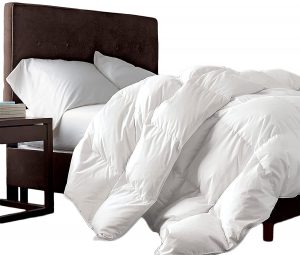
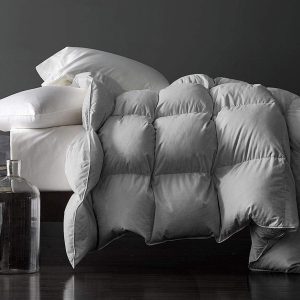
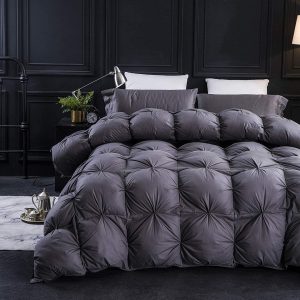
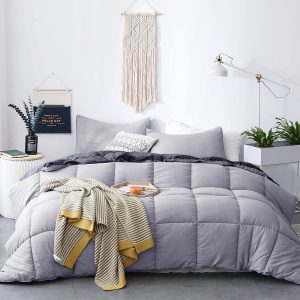
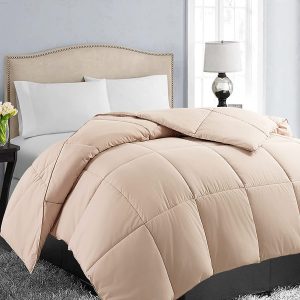
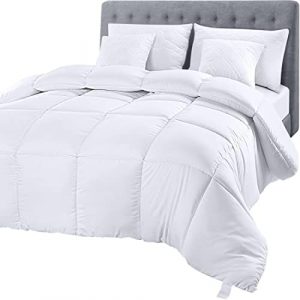
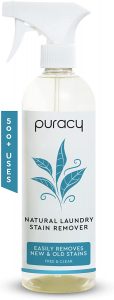
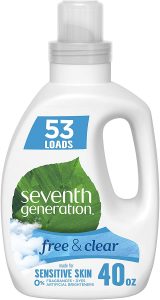
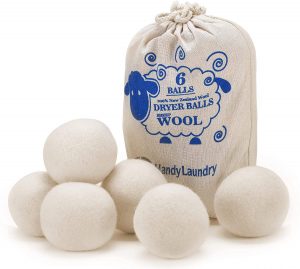
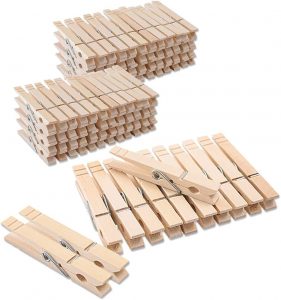
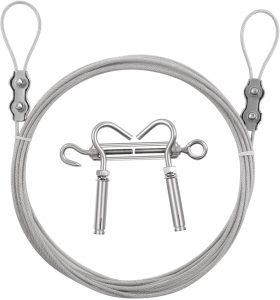
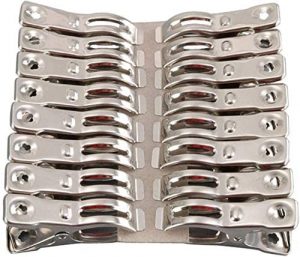
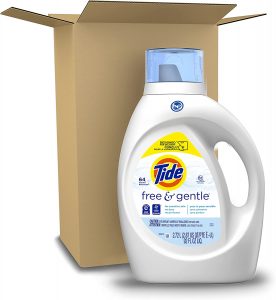
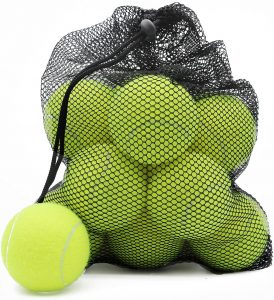
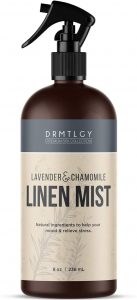
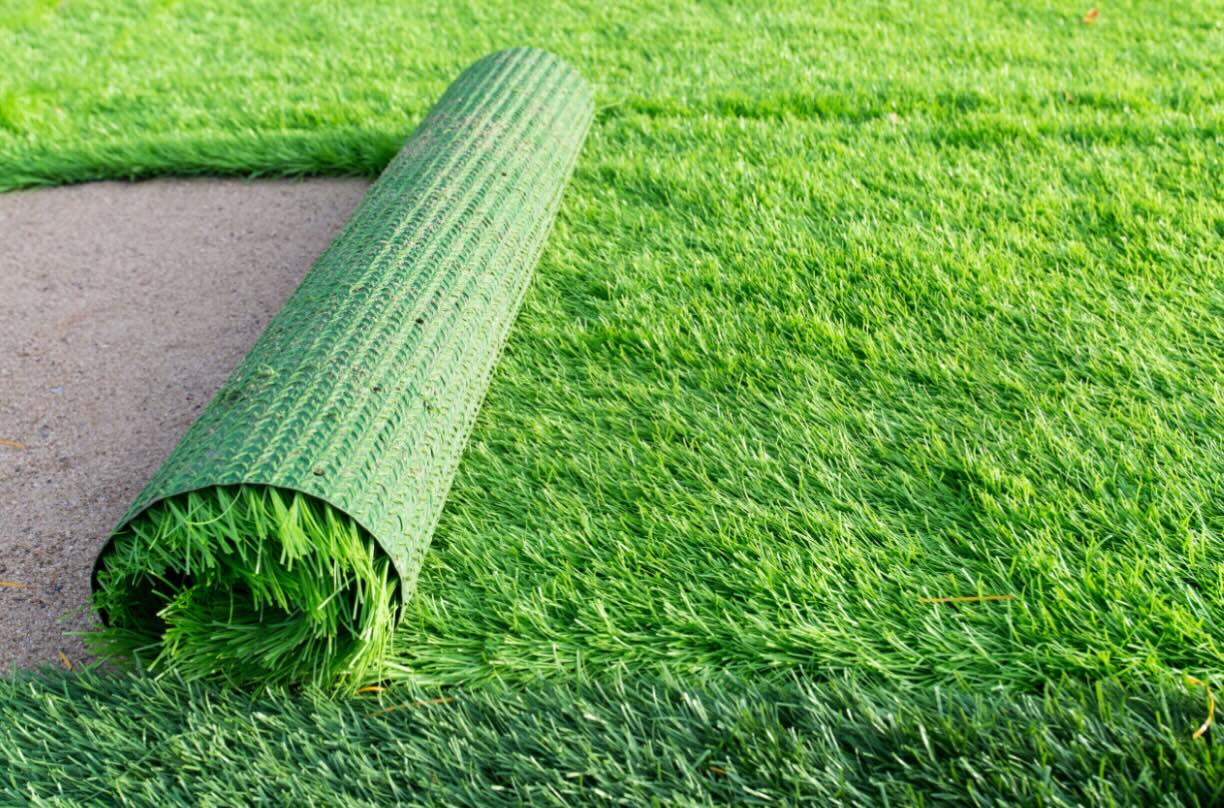
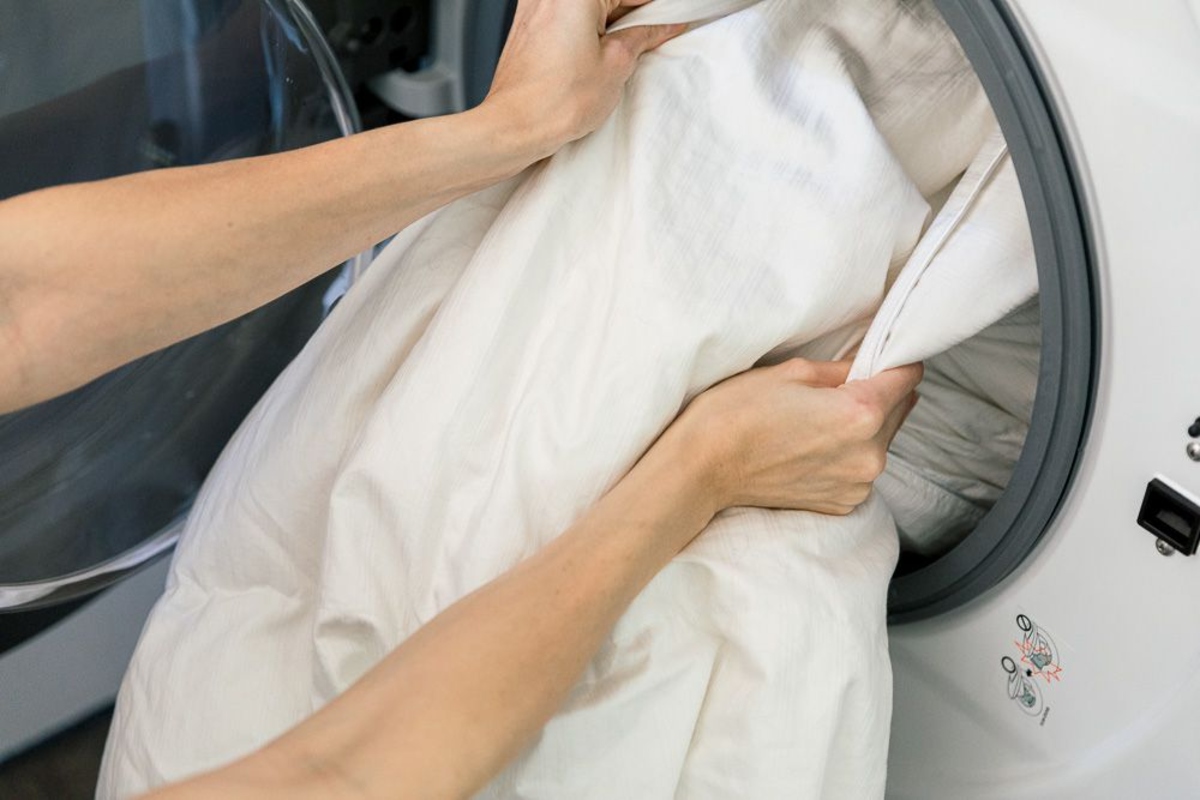


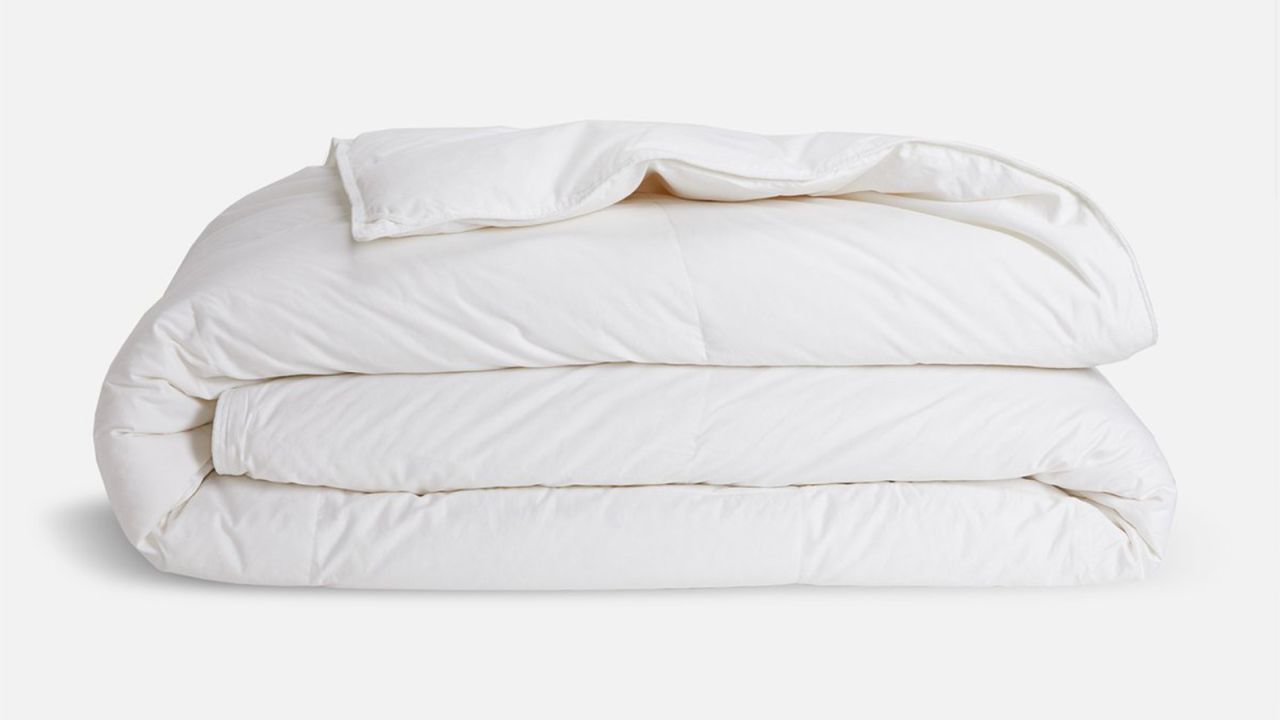
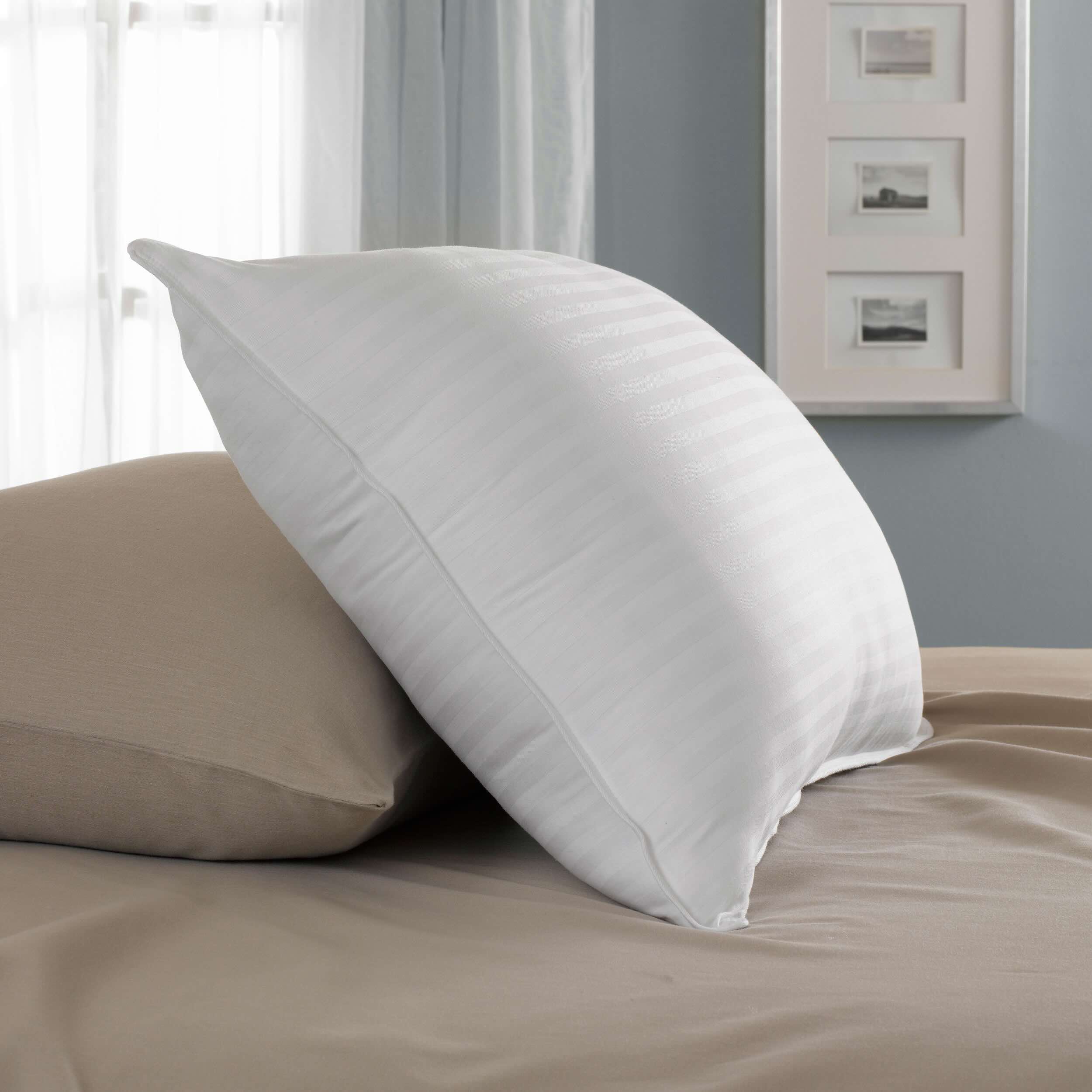
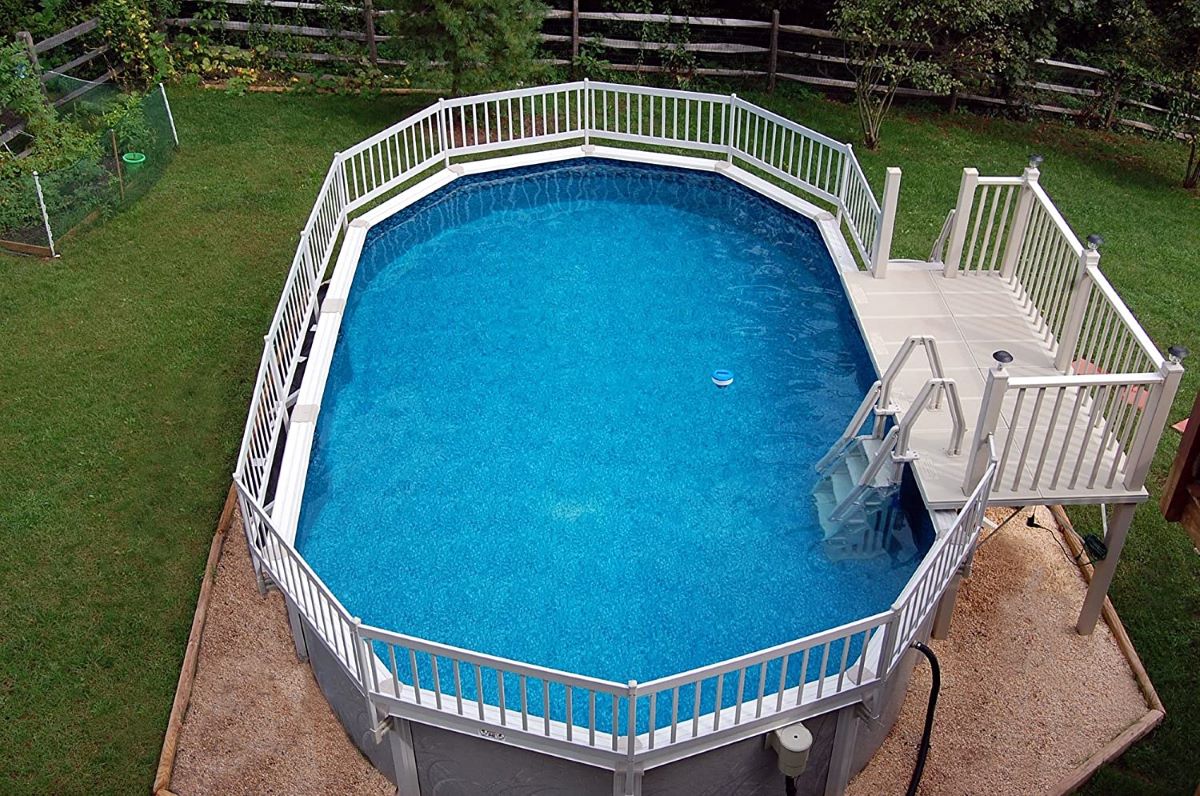
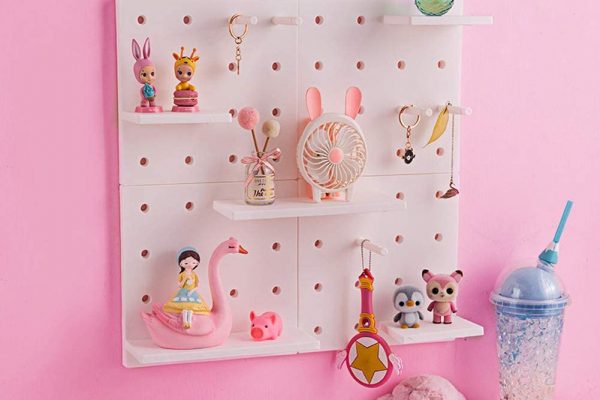
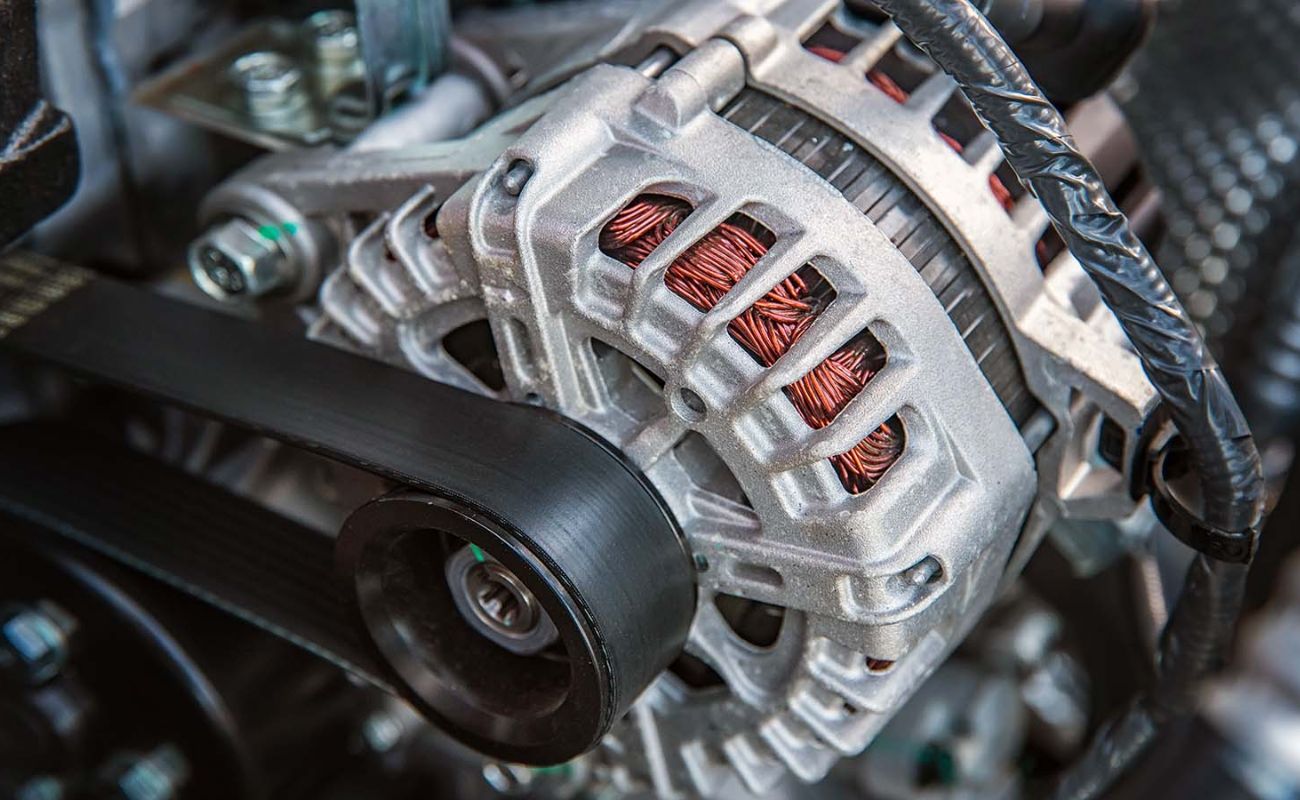

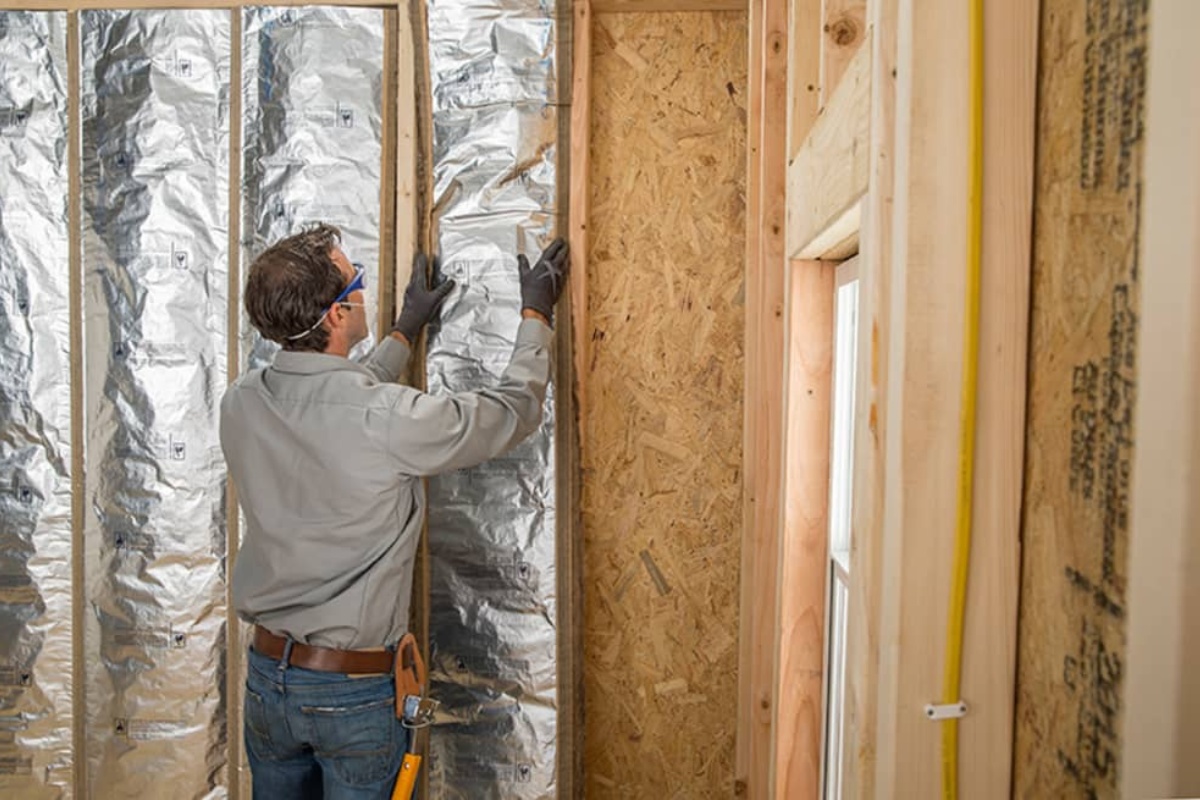
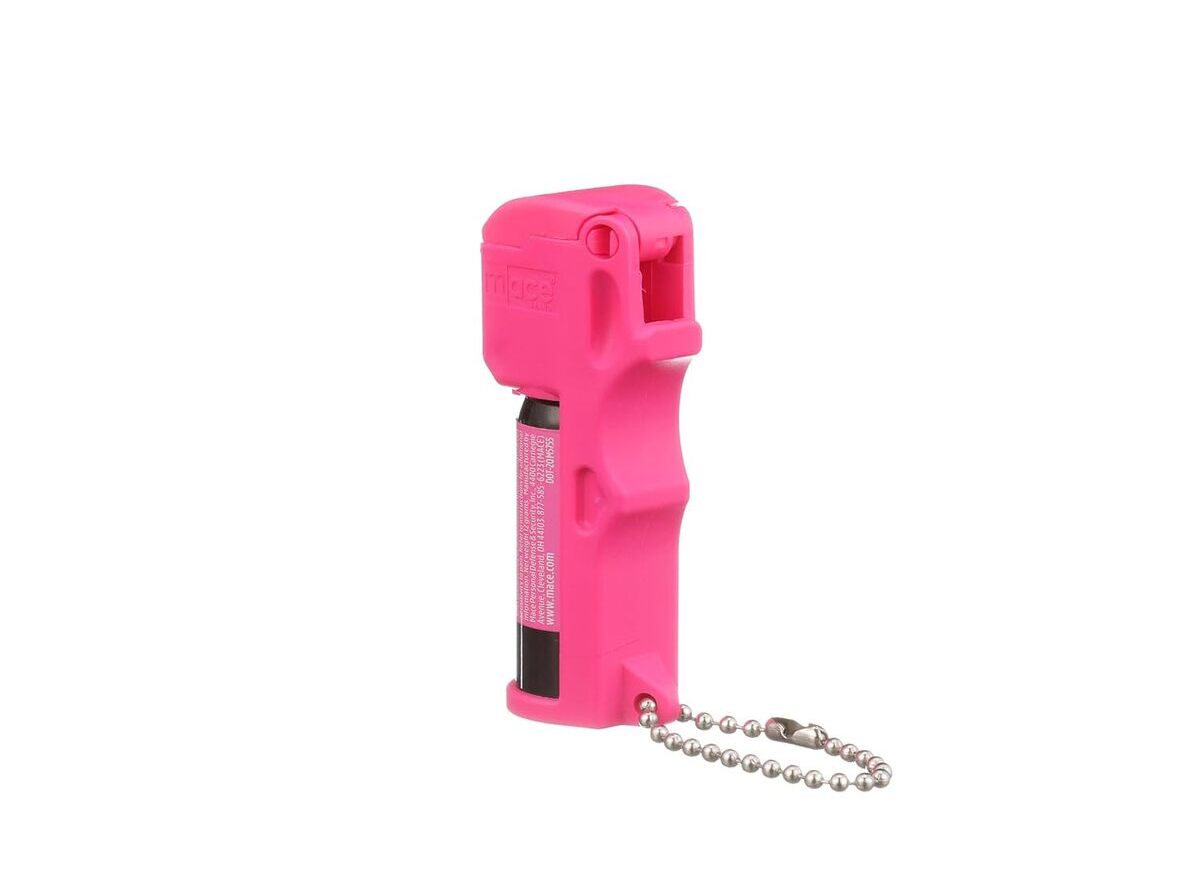

0 thoughts on “Down vs Down Alternative Comforters: Which Is Better?”